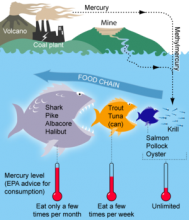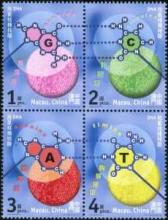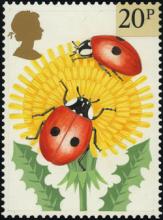Largemouth Bass Virus Found in Northern Snakeheads in Virginia
A virus that can cause disease in largemouth bass (Micropterus salmoides) has now been identified in otherwise apparently healthy northern snakeheads (Channa argus) taken from two Potomac River tributaries in Virginia, the U.S. Geological Survey announced today. This is the first time that the pathogen, known as largemouth bass virus, has been reported in northern snakeheads. The virus has been found in bass, sunfish, and other fish species, but largemouth bass are the only species known to develop disease from it. While the significance of this finding is not yet known, the study's lead author, USGS research biologist Luke Iwanowicz, said it raises the possibility that snakeheads could be reservoirs of this virus and capable of transmitting it to bass populations in the Chesapeake Bay watershed. The habitat of the two species overlaps, which may favor transmission of the virus. Little is known about pathogens in northern snakeheads that inhabit U.S. waters. This study, done in cooperation with the Virginia Department of Game and Inland Fisheries, is a preliminary survey of introduced pathogens from northern snakeheads living in Virginia waters. Snakeheads are an invasive, predatory fish species found in the Maryland and Virginia parts of the Chesapeake Bay watershed, in Florida, North Carolina and New England.










